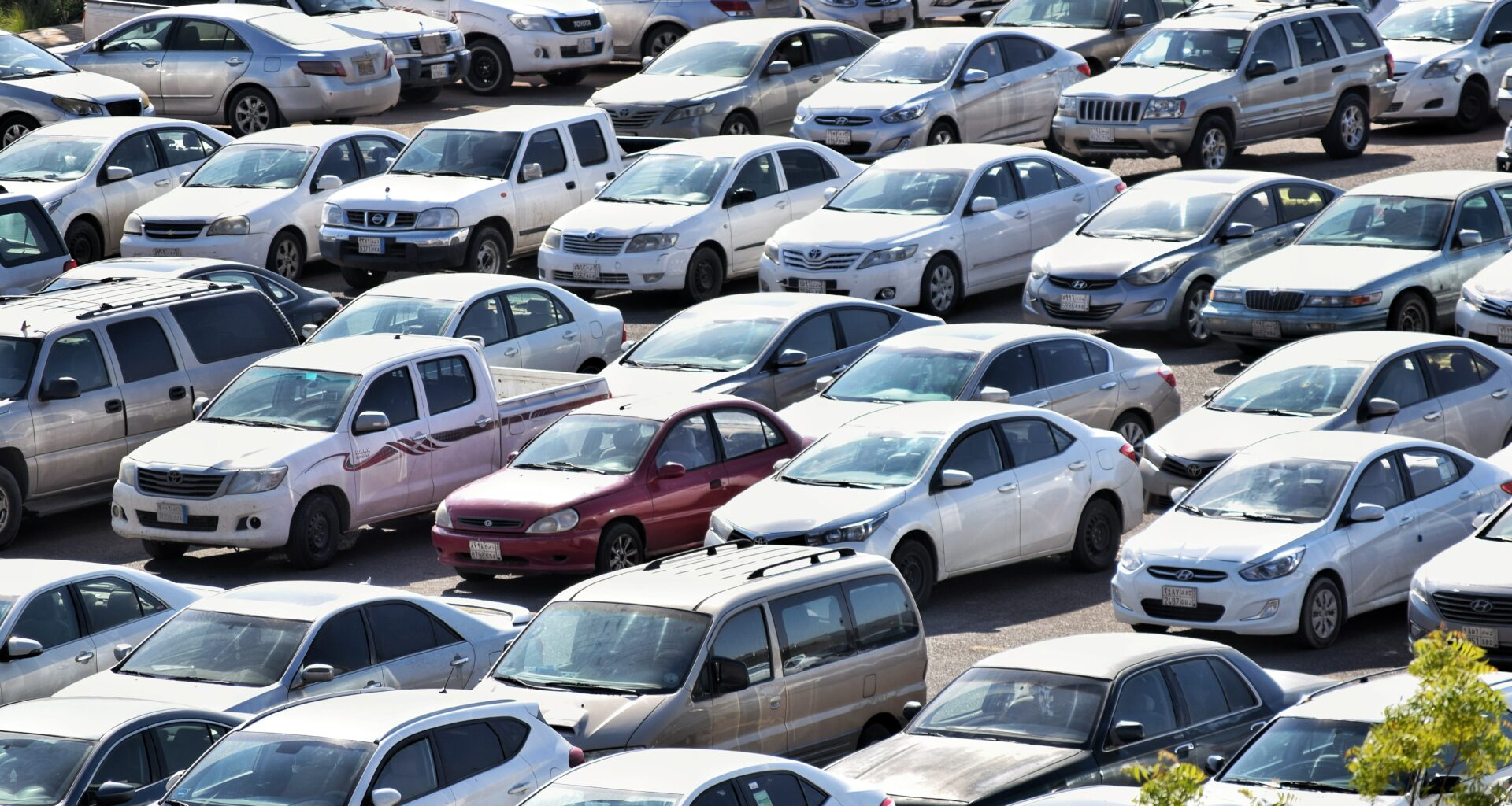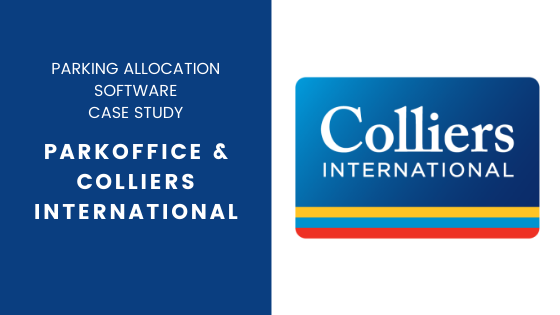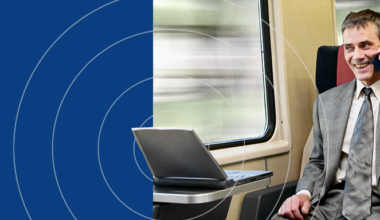A very popular way to control parking privileges is with a parking permit system. A parking permit is a badge or cert given to motorists who are allowed to park in certain areas. Parking permits are popular in offices, residential complexes and on-street parking bays.
In this blog, we’ll have a quick look at the key uses of parking permits. Let’s start off with the why?
What is the purpose of parking permit systems?
Parking permits are designed to make life easier for security and parking enforcement. Parking permits mean car park staff can walk about lots to ensure all parkers are entitled to be there. In cases of violations, parking staff can take the necessary steps.
Depending on the car park this might be a warning, fine, ticket, towing or in some countries clamping.
1. Offices
Many companies resort to a parking permit system to manage employee parking.
In smaller companies, this means that select staff receive parking permits. The permits mean that these staff can come and go from the office car park as they please.
“In larger companies, different staff members may be given alternative types of permits. Certain badges allow people to park in certain areas or on particular days.”
For example senior management may be given a green badge to park right in front of the office. Middle management might be given a blue badge which means they can park in an off-site car park. While junior staff might be given a yellow badge which means they can only park on Fridays.
2. Commercial
Most cities operate a kerbside parking permit system for commercial vehicles. This basically means that delivery vehicles need permission to use loading bays.
“A permit system for commercial vehicles allows local governments to regulate use of loading bays and kerbsides.”
For example larger vans may be permitted to use loading bays very early in the morning or very late at night. While smaller vans may be permitted access during the workdays.
Commercial systems are designed to help manage traffic in CBDs.
3. Residential
A very common system for large apartment blocks and large residential complexes. Parking can become a bit rogue in these developments with all the coming and going of guests.
This system will operate very similarly to offices. Residents will be given permits to use parking areas. In larger developments different colours will mean motorists are allowed to park in different areas.
4. Local Government
Permits are a popular solution where paid on-street parking bays are outside of residential houses. Obviously, it would be unfair to ask residents to pay hourly rates just to park outside their home.
“For this reason many local governments roll out permit systems for residents. Residents are often required to apply for a permit on annual basis. They may need to pay a nominal admin fee. Their permit will allow them to park on specific streets close to their homes.”
There may be additional options to apply for guest permits. Many local government will limit the amount of guest permits they make available. Guest permits are often once off permits which used by guests when visiting. Once a household runs out of permits, guests pay normal on-street rates.
Are there any disadvantages to parking permit systems?
Permits have a lot of advantages. They give employees a clear understanding of their entitlements. While also providing a clear framework to parking staff to ensure good behaviour. However, there are a large amount of drawbacks which is seeing the use of parking permits decline.
“The two largest drawbacks to parking permits are a lack of flexibility and the need for intense manual management.”
Certs & badges are physical and hard to change. Changing the colour system for a whole company takes a large amount of effort. This might seem like a small thing but think about this in the context of the global COVID pandemic. If a company wanted to prioritise parking for certain demographic on return to office it is a challenge.
They would need to get a new style permit printed and physically get that permit to all staff. If they then need to change in a few weeks they are back to square one.
Obviously this demonstrates the lack of flexibility but there is also intensive manual management at each step. That is before you get to the weekly tasks of replacing lost permits, clawing back permits from leaving staff and providing ones for new hires.
Of course then there is the biggest resource drain, the monitoring. For a parking permit system to work, most companies depend on having full-time staff patrolling car parks. They are checking on cars to make sure they have badges. This can be very onerous as cars park in different ways and display their badges in different places.
Should I use a parking permit system?
If you don’t have a parking permit system in operation and are looking to introduce one, make sure to go digital from day one.
“In the office space softwares like Wayleadr.com can roll-out a whole parking permit system in a few clicks. There are massive additional advantages such as ability to digitize monitoring and enforcement. While changes can be made to permits and privileges in the click of a button.”
Some quick research will help find companies who offer similar solutions for other verticals.
Even if you have an existing permit system, you should probably think about changing. Not only will a digital solution make your life a lot easier. It also futureproofs you organization. Giving you the data and insights you need to make strategic decisions about your parking portfolio moving forward.
Discover more about the world of parking technology with our guides to parking technology, parking software and smart parking.
Join industry leaders from companies like Sanofi, Indeed.com & CBRE, schedule a demo with Wayleadr.com todayand solve your parking problems in the click of a button.





